

Ever since discovering him at the NGV's Guggenheim exhibition in 2007, I've been fascinated by Gregory Crewdson's photography. Crewdson's working method is closer to that of a film director to that of a photographer, and rather than taking spontaneous snapshots, he sets up elaborate scenes, often in a sound room, and often utilising multiple artificial light sources. One shot is the result of several hours of setup work, and furthermore, a final image often combines several of these shots. No detail is left to chance: at a shoot in Pittsfield, Massachusetts, different aspects of the scene are lit independantly by spotlights installed on cranes, and the street is hosed down beforehand so that it will have a sheen in the final photo.




Images from www.jpgmag.com
For an indication of the amount of work that goes into one shoot, check out this Aperture.org behind-the-scenes feature and JPG Mag's article describing the "$1 million photoshoot" in Pittsfield in further detail. The video is from another elaborate shoot, again in Massachusetts.
Suffice to say, a Gregory Crewdson photograph does not come cheap. And what, pray tell, are these intricately constructed images about? In a nutshell, suburbia, isolation, decay, with a dash of the American Dream. For Crewdson, small-town American life functions as a means to explore deeper emotional and psychological issues in a way reminiscent of David Lynch - here I am thinking particularly of 1986's Blue Velvet, of which I am particularly enamoured. However where Lynch gives us both the bright, shiny, nostalgic veneer of fifties-era America, Crewdson's scenes of life are quiet, melancholy, and almost aching in the sense of isolation they deliver. There is light and luminosity, but there is certainly no bright and shiny.
The National Public Radio's article on Crewdson describes his works particularly poignantly: in one, "a man sits in a garage, the door gaping open to a dark and rainy sky. A car is parked haphazardly in the rain, its headlights focused on the man. He is surrounded by lawn turf, rolls and mounds of it. Half-buried in the turf is a rake. His face is weary, a little sad, maybe even disconsolate." We have no knowledge of who the man is or just what he is doing in the garage, yet he functions as a type, and compels us to imagine a surrounding narrative. Sometimes, images are strangely inexplicable, and through this jarring inexplicability they encapsulate a certain sense of foreboding. By elaborately staging the shot Crewdson is able to capture a moment precisely as he has envisaged it, freezing the narrative at its most suggestive point.
I guess I have always had a thing for photography which is a) eerie and b) shows the inherent beauty in ordinary and everyday things, and Crewdson ticks both those boxes for me. At the moment, I don't have a camera with enough bells and whistles to handle the low lighting that eerie urban goodness photos require, so for now I'm going to have to photo vicariously through Crewdson and a bunch of other photographers I've discovered who are working along the same lines. Number one is LA based Zach Schrock. His Daily Imagery Goodness blog features new and interesting photos every day or so, or for impatient types like myself, his entire portfolio is also online and neatly categorised. I of course made a beeline for the category labelled "Eerie Neighbourhood Night" but there is goodness to be found throughout the portfolio. Witness:





Number two is Will Govus, who I stumbled across via Internetjogging.com. Govus is 17, lives in rural Georgia and uses an analogue camera to take some pretty incredible long exposure night shots. There are plenty of other, daytime shoots on Will's flickr stream, but I think I like the night shots best. They have that eerie, luminous quality that I do so love, and they make really interesting use of available light.




+of+DSCN2645-pola.jpg)





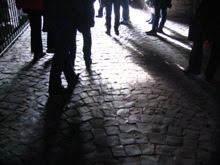











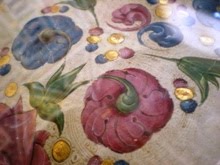
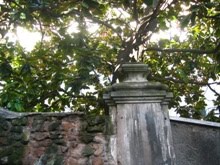

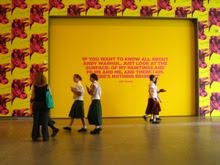.jpg)

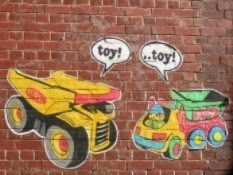
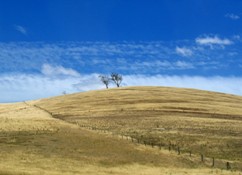
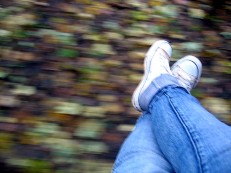

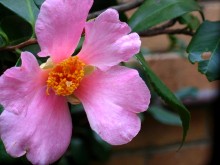


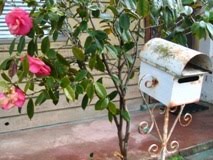





No comments:
Post a Comment